The southern (CBD) bridge end is located at Millers Point in The Rocks area, and the northern end at Milsons Point in the lower North Shore area. It carries six lanes of road traffic on its main roadway, two lanes of road traffic (formerly two tram tracks) and a footpath on its eastern side, and two railway tracks and a bicycle path along its western side, being 305 mm (1 ft) larger than the east side.
The main roadway across the bridge is known as Bradfield Highway, Sydney, and is about 2.4 km (1.5 miles) long, making it one of the shortest highways in Australia. (The shortest, also called the Bradfield Highway, is found on the Story Bridge in Brisbane).
The Sydney Harbour Bridge is not completely stationary. It can rise or fall up to 18 cm depending on whether it is hot or cold due to the steel expanding or contracting.
Arch
The arch is composed of two 28-panel arch trusses. Their heights vary from 18 m (55.8 ft) at the centre of the arch to 57 m (176.7 ft) (beside the pylons).
The arch span is 503 m and the weight of the steel arch is 39,000 tons. The arch's summit is 134 m (440 ft) above mean sea level, though it can increase by as much as 180 mm (7 in) on hot days as the result of steel expanding in heat. Two large metal hinges at the base of the bridge accommodate these expansions and contractions and thereby prevent the arch from being damaged. About 79% of the steel came from Middlesbrough, in the North East of England. The rest was Australian-made. The total weight of the bridge is 52,800 tonnes, and six million hand-driven rivets hold the bridge together. The rivets were made at the Park Bridge Ironworks in Lancashire England.
Pylons
At each end of the bridge stands a pair of 89 m (276 ft) high concrete and granite pylons. The pylons were designed by the Scottish architect Thomas S Tait a partner in the architects' firm John Burnet & Partners. The granite was quarried at Moruya, New South Wales, 250 km south of Sydney. The concrete used was also Australian made. Abutments, which support the ends of the bridge, are contained at the base of the pylons. They prevent the bridge from stretching or compressing due to temperature variations. Otherwise, the pylons serve no structural purpose and are primarily to visually balance the bridge itself. They were never an essential part of the design but were added to allay concerns about structural integrity.
Although inserted into the design for their aesthetic value, all four pylons have now been put to use: a museum and tourist centre with a lookout of the harbour is contained in the south eastern pylon. The south western pylon is used by the New South Wales Roads and Traffic Authority (RTA) as a base for their CCTV cameras overlooking the bridge and the roads around that area. The two pylons on the north shore are now venting chimneys for fumes from the Sydney Harbour Tunnel. The RTA maintenance shed for the bridge is contained within the bottom of the southern pylon and the traffic management shed (tow trucks and safety vehicles used on the bridge) is contained in the bottom of the northern pylon.
On New Year's Eve, the numbers for the countdown appear on the pylons of the bridge.




Heading to Hunters Valley - NSW Australia
The Hunter Region is one of Australia's most famous wine-growing regions, known for both its red and white wine varieties. The most important economic activity in the valley is coal mining (through businesses such as Rio Tinto & BHP), mostly for export. Other major industries include power generation at the Eraring, Bayswater, Liddell, Munmorah, Redbank and Vales Point coal fired power stations, dairy farming and beef cattle farming. The port at Newcastle is the world's largest export facility for coal, most of which is brought to the port via railway.
Hunter Valley wine country is an Australian wine and food destination that attracts visitors all year round. The nearby location of Sydney has been an influence on the area’s investments in wine production and its emergence as a tourist destination. There are dozens of wineries, ranging from large multi-nationals to small family run operations. The Hunter Valley is situated 160 kilometres north west of Sydney. Pokolbin is the centre of the lower Hunter Valley wine region in New South Wales, Australia. It is located between the towns of Cessnock and Branxton.










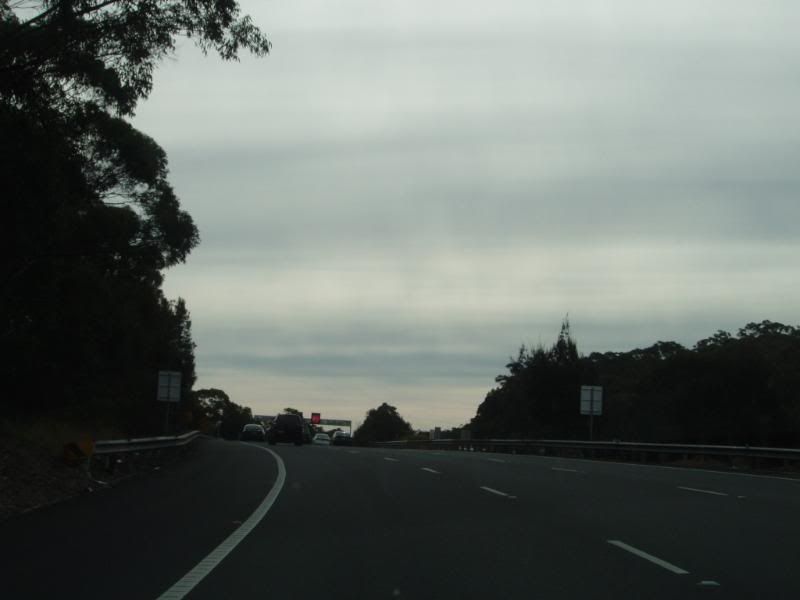
The Gate Cafe


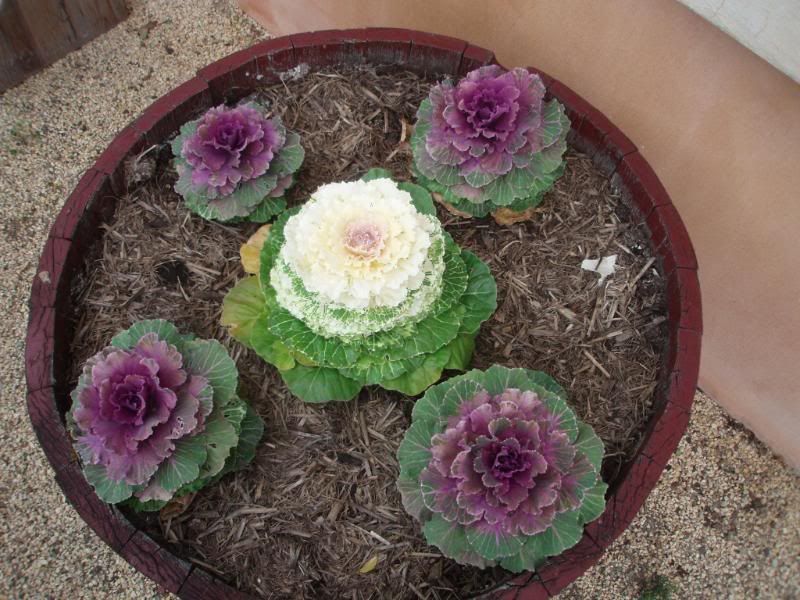
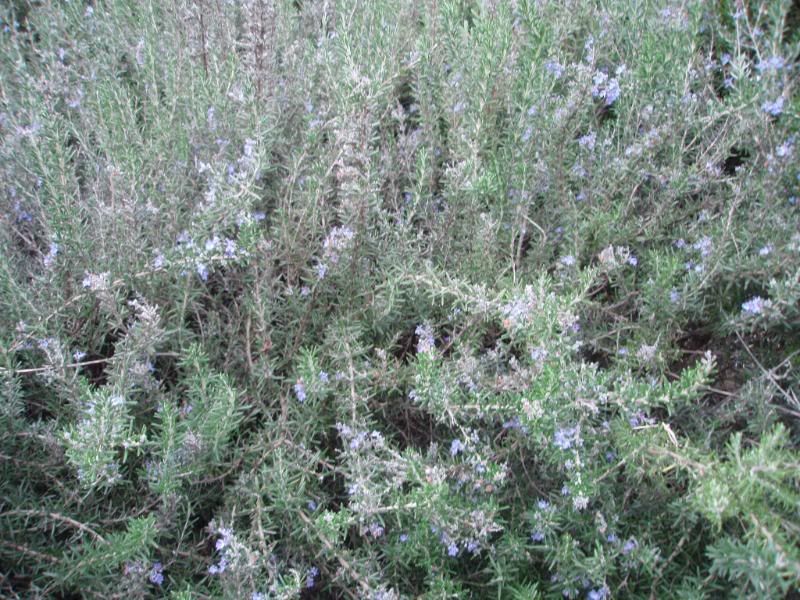


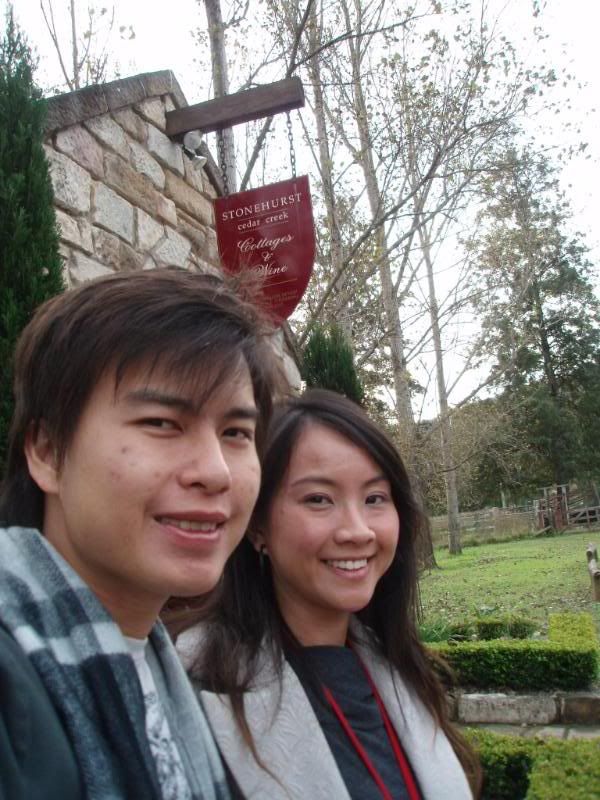







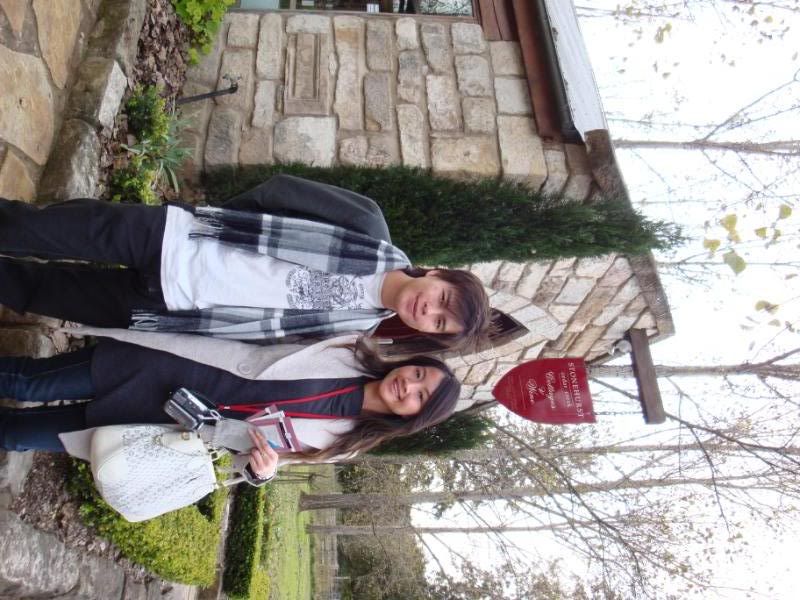
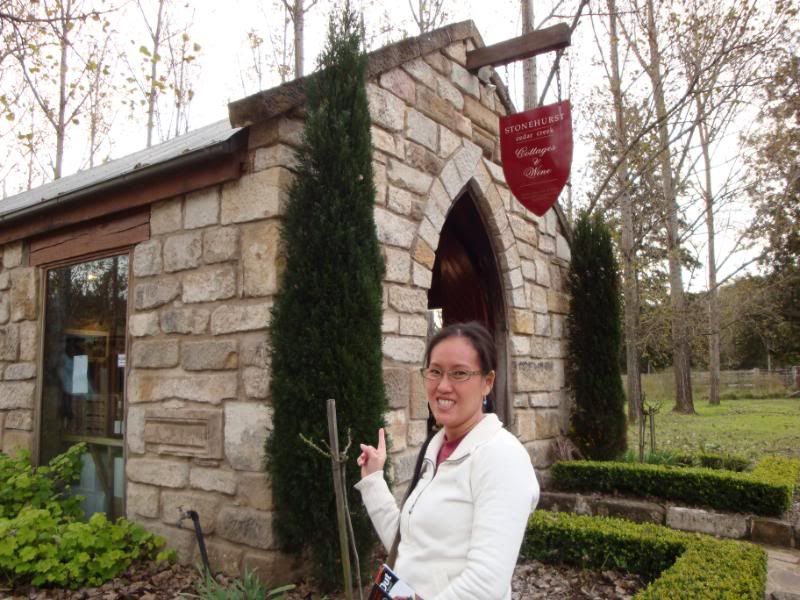












Hungerford Hill Wines





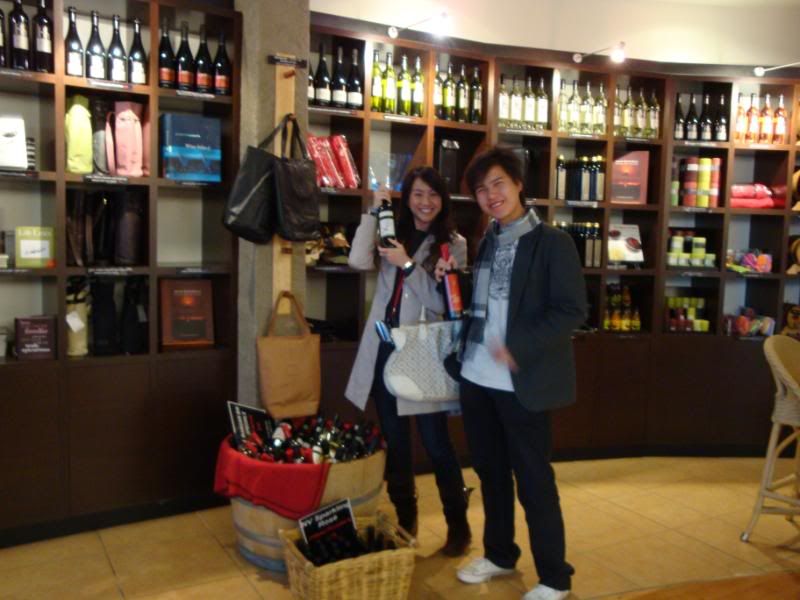




















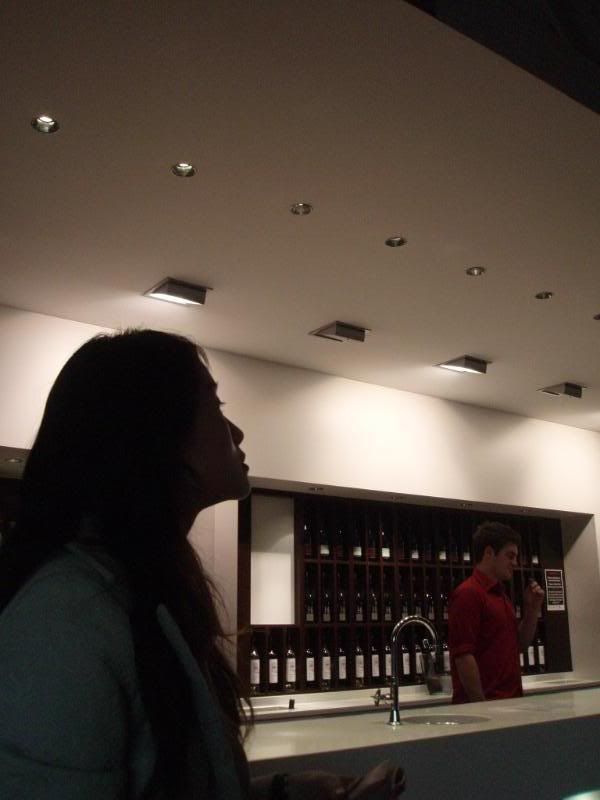

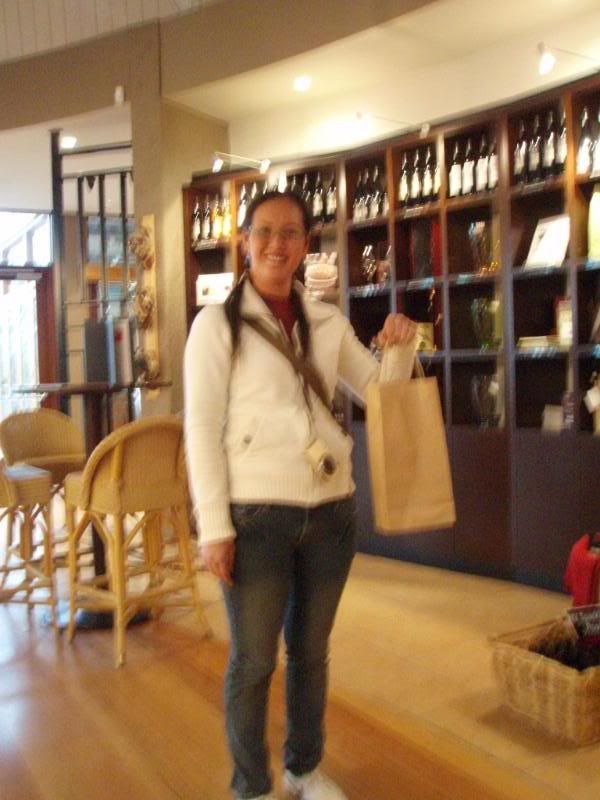

Tempus Two
Adventurous wine architecture - By Michael Webb, Erhard Pfeiffer



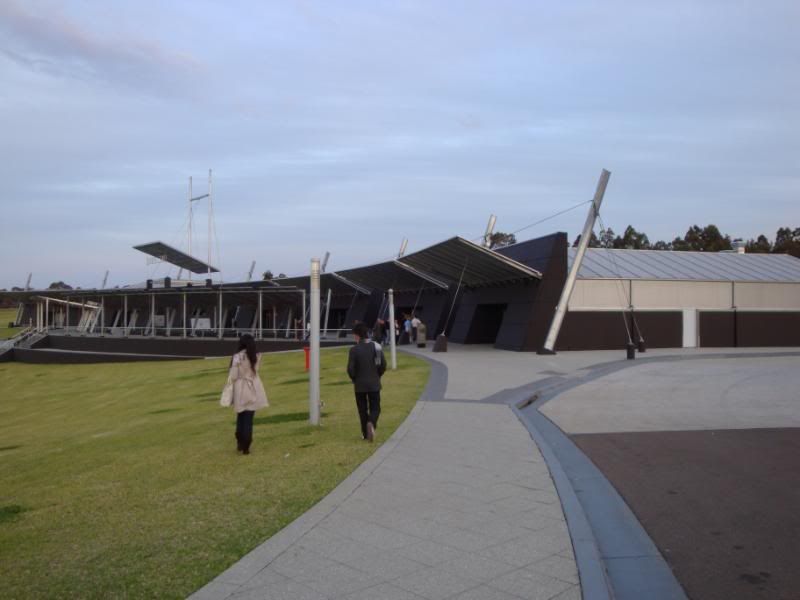






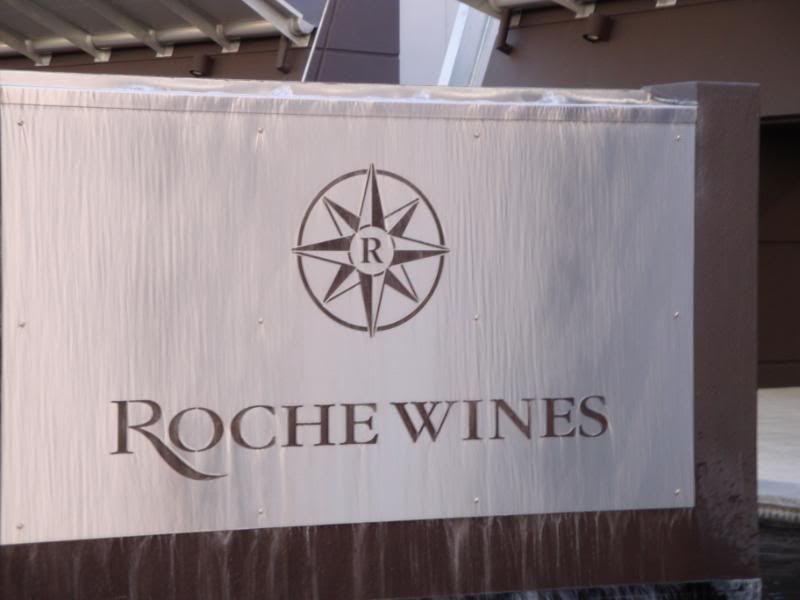












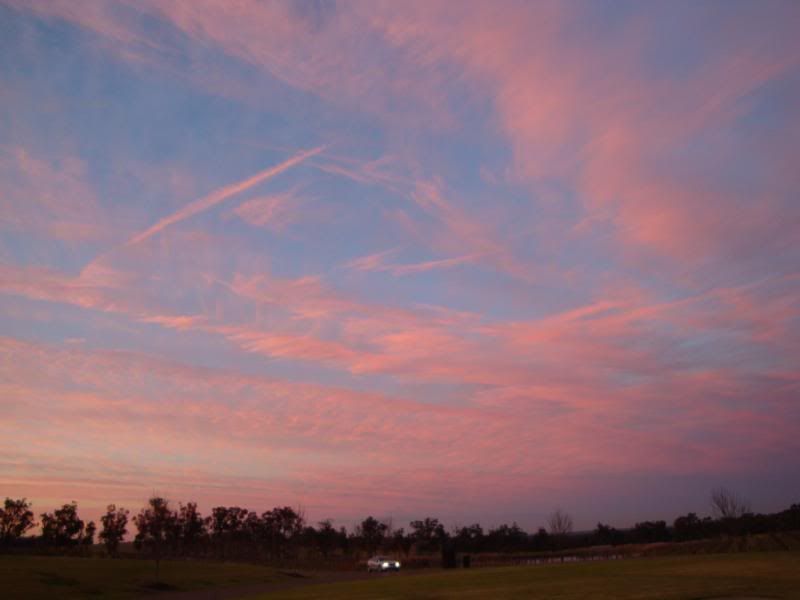















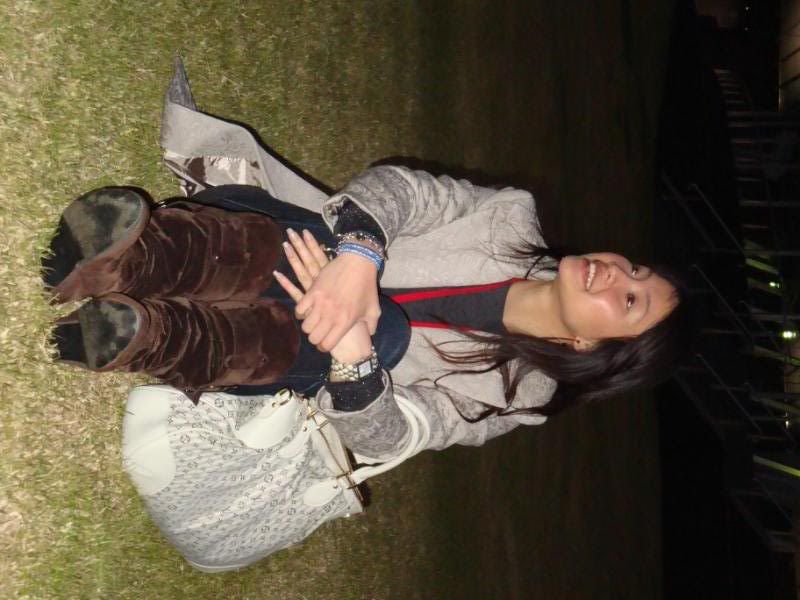

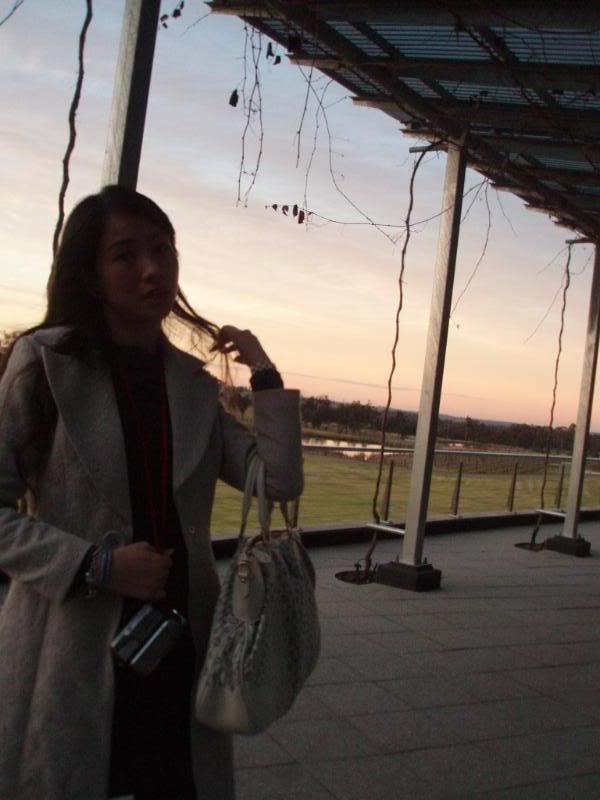

















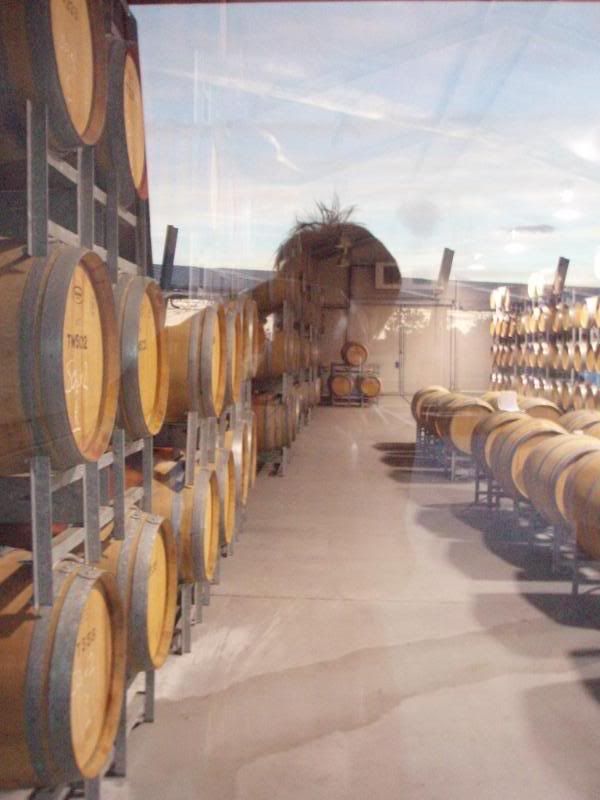













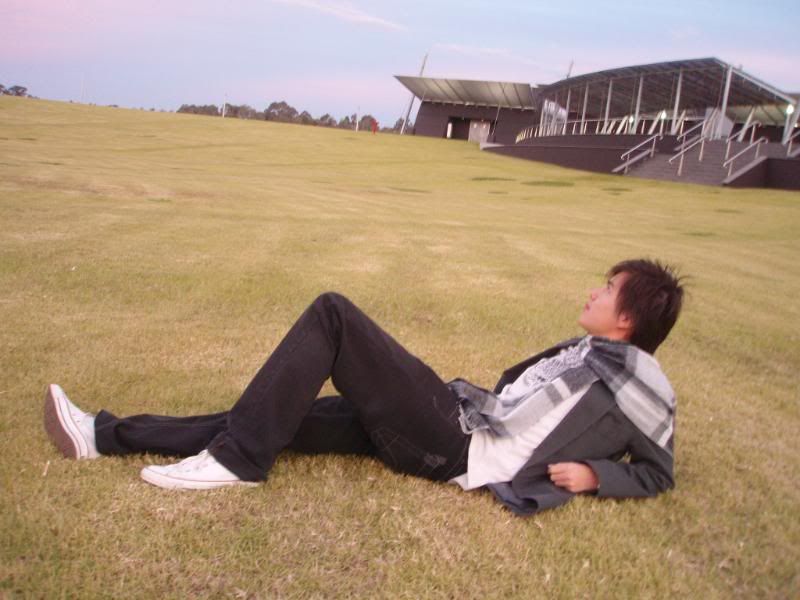















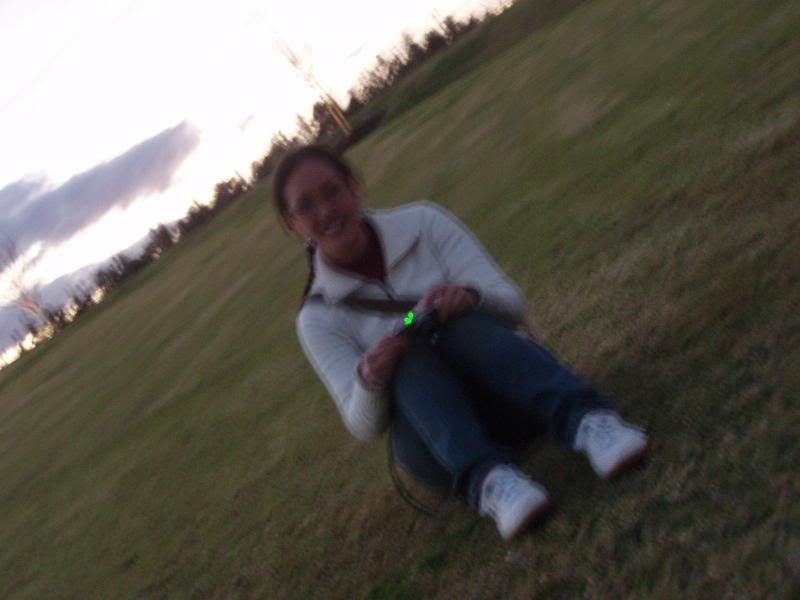



Sydney Opera House
The Sydney Opera House is a multi-venue performing arts centre on Bennelong Point in Sydney, New South Wales, Australia. It was conceived and largely built by Danish architect Jørn Utzon, who in 2003 received the Pritzker Prize, architecture's highest honour. The citation stated
“There is no doubt that the Sydney Opera House is his masterpiece. It is one of the great iconic buildings of the 20th century, an image of great beauty that has become known throughout the world – a symbol for not only a city, but a whole country and continent.”
The Opera House was made a UNESCO World Heritage Site on 28 June 2007.[2] It is one of the world's most distinctive 20th century buildings, and one of the most famous performing arts centres in the world.
The Sydney Opera House is situated on Bennelong Point in Sydney Harbour, close to the Sydney Harbour Bridge. It sits at the north-eastern tip of the Sydney CBD, surrounded on three sides by the harbour (Sydney Cove and Farm Cove), and neighboured by the Royal Botanic Gardens.
Contrary to its name, the building houses several separate venues rather than a single opera theatre, the two main venues, the Opera Theatre and the Concert Hall, being defined by the two larger shells. The Sydney Opera House is a major presenting venue for Opera Australia, The Australian Ballet, the Sydney Theatre Company and the Sydney Symphony, as well as hosting many touring productions in a variety of performance genres, and is a major tourist attraction. It is administered by the Sydney Opera House Trust, under the New South Wales Ministry of the Arts.
Culture and Recreation



















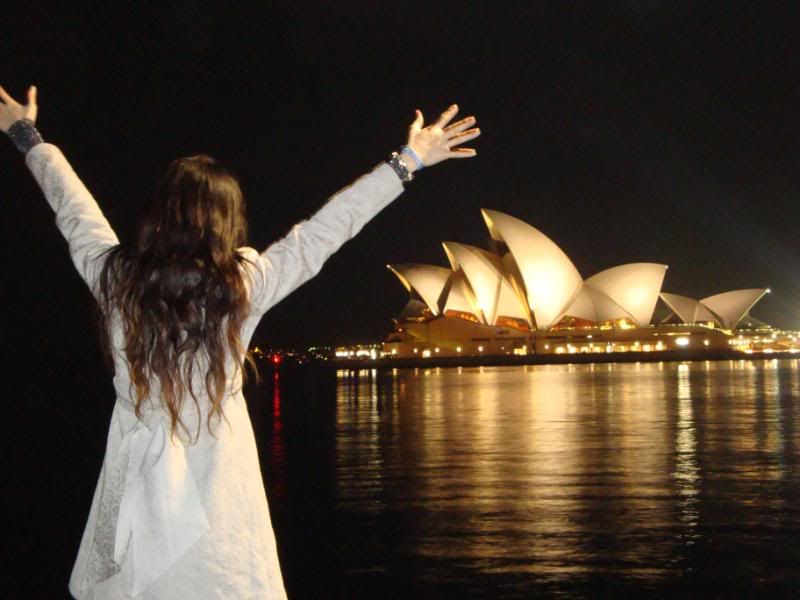





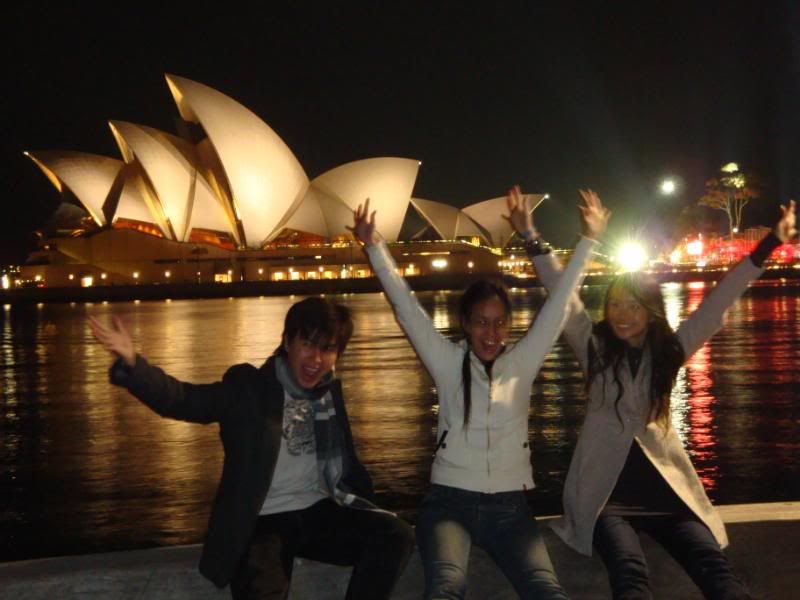

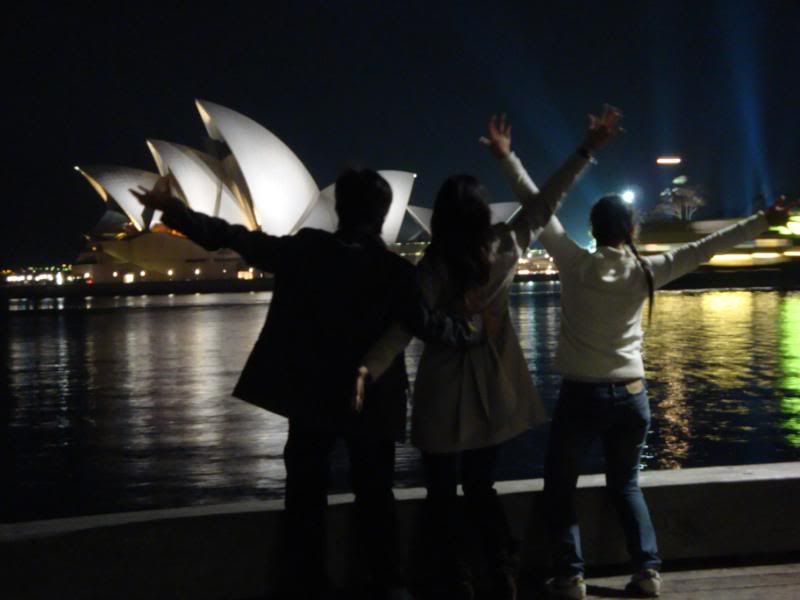










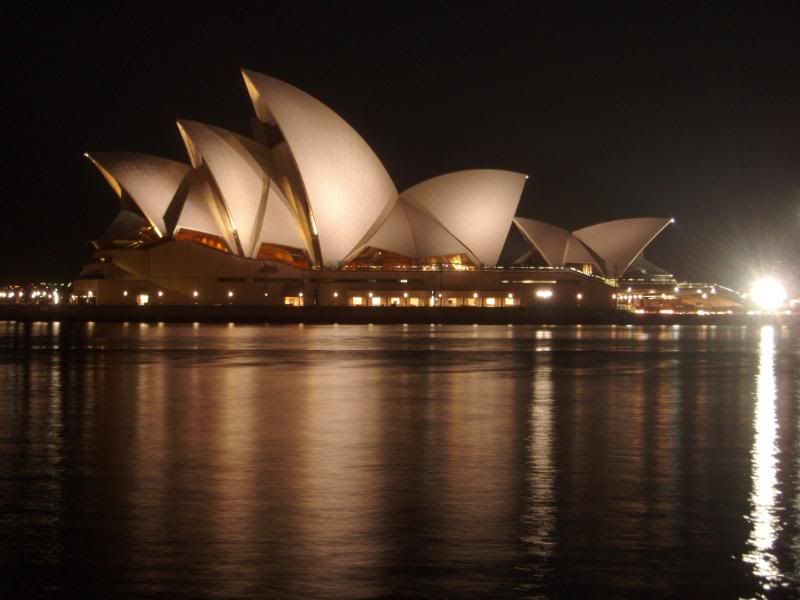




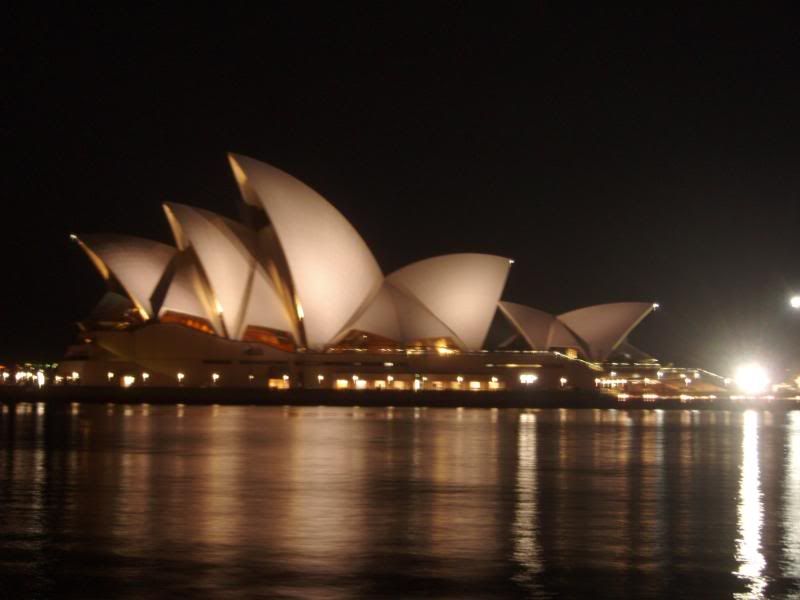
Sydney Harbour Bridge
The Sydney Harbour Bridge is a steel arch bridge across Sydney Harbour that carries rail, vehicular and pedestrian traffic between the Sydney central business district (CBD) and the North Shore. The dramatic view of the bridge, the harbour, and the nearby Sydney Opera House is an iconic image of both Sydney and Australia. The bridge is locally nicknamed "The Coathanger" because of its arch-based design.
The bridge was designed and built by Dorman Long and Co Ltd, Middlesbrough Teesside and Cleveland Bridge, Darlington, County Durham and opened in 1932. Until 1967 it was the city's tallest structure. According to Guinness World Records, it is the world's widest long-span bridge and it is tallest steel arch bridge, measuring 134 metres (429.6 ft) from top to water level. It is also the fourth-longest spanning-arch bridge in the world.
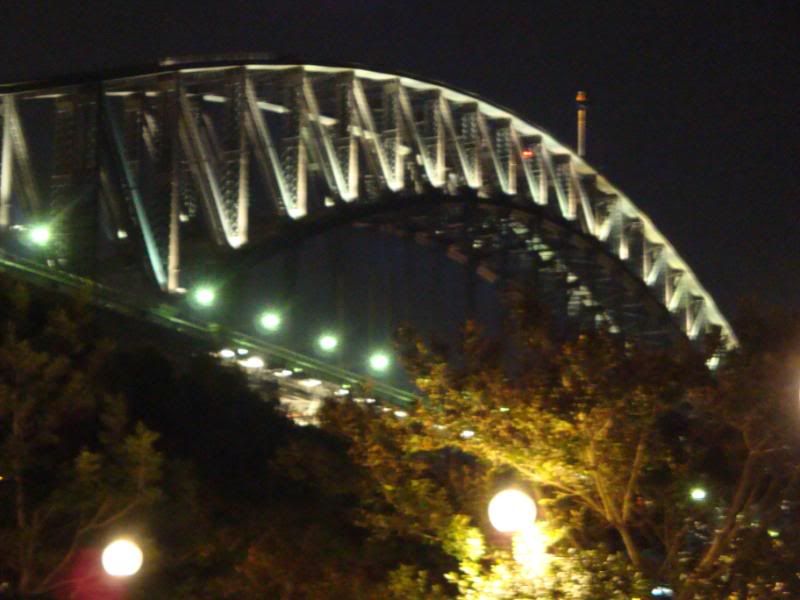

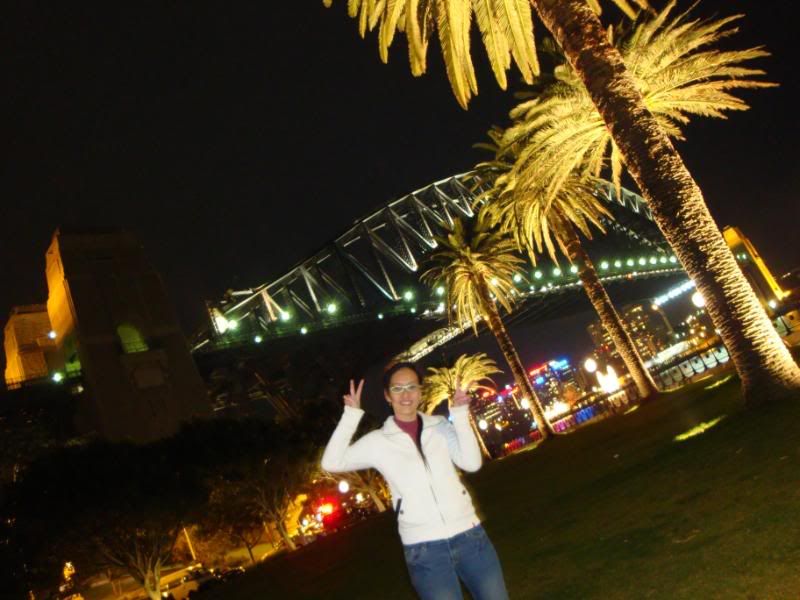










World Youth Day is an invitation from the Pope to the youth of the world to celebrate their faith around a particular theme. The WYD08 theme, received from Pope Benedict XVI is:
'You will receive power when the Holy Spirit has come upon you; and you will be my witnesses.' Acts 1:8
This passage occurs after the death and resurrection of Jesus, just before his ascension to the Father. It represents the birth of the Church.



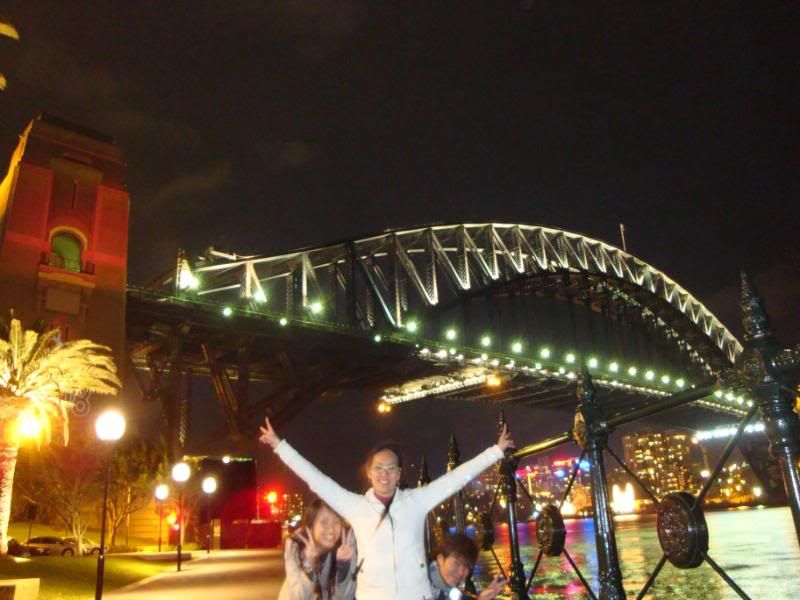























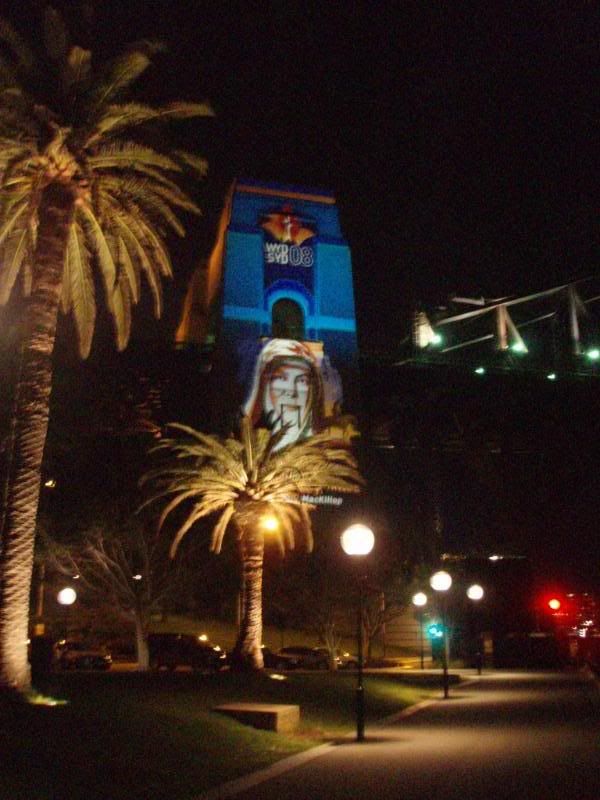

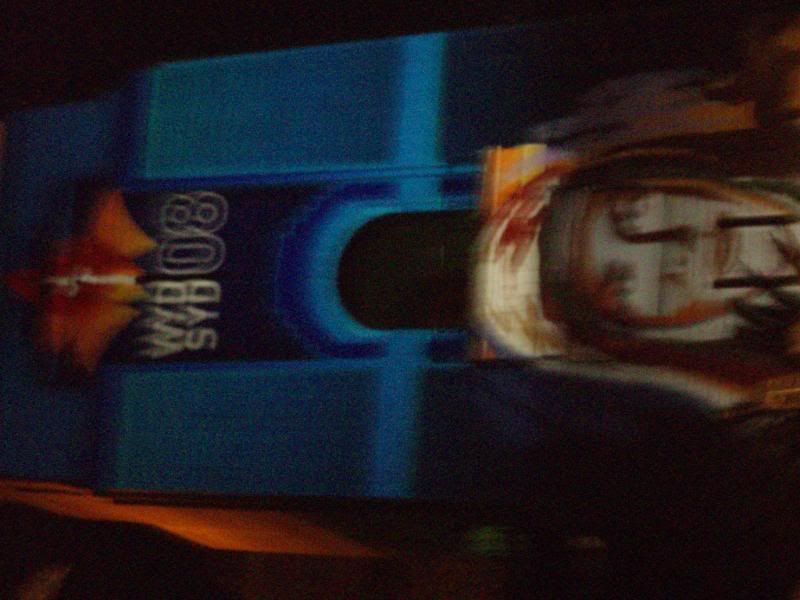

Self cooked Dinner in the Hotel




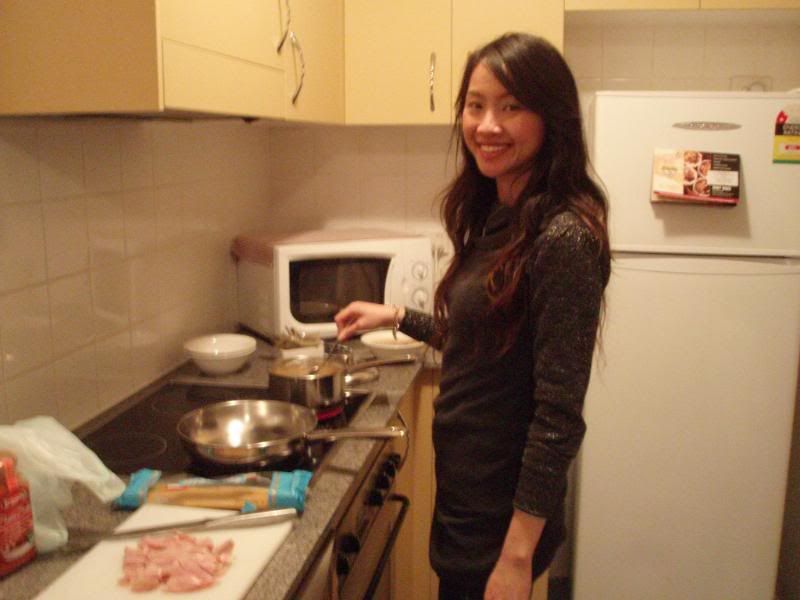



No comments:
Post a Comment